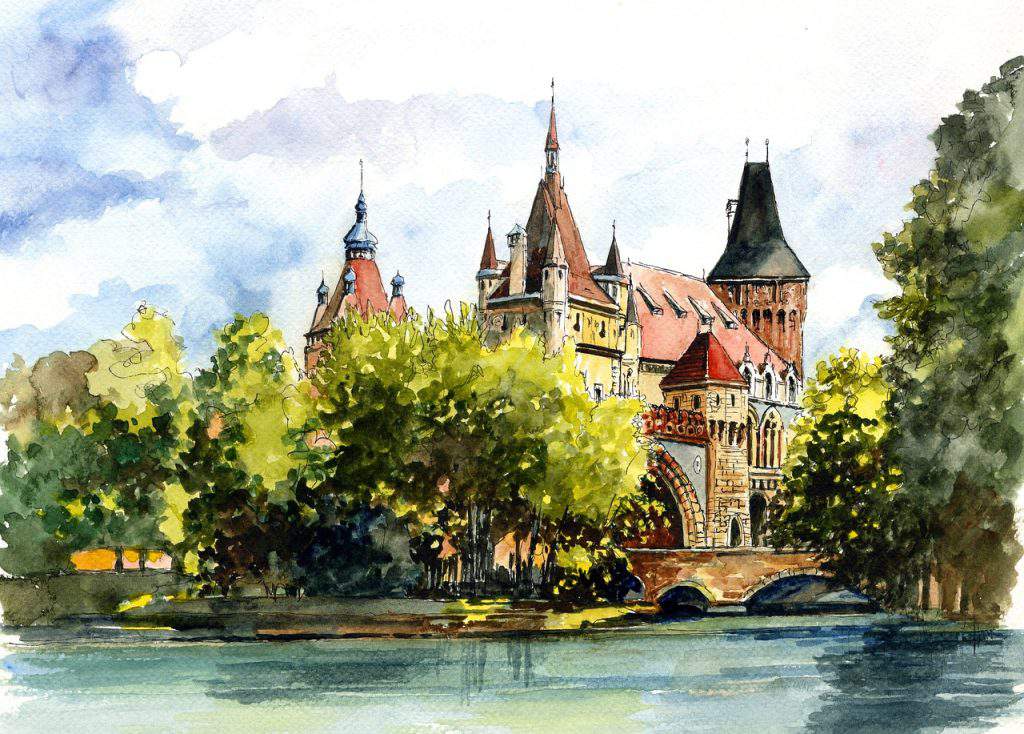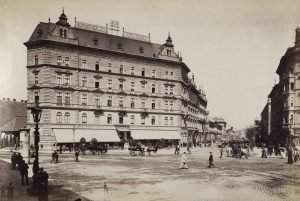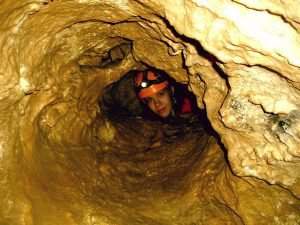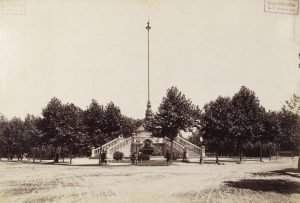6 curiosities you didn’t know about Budapest

According to bpromantikaja.blog.hu, Budapest could be easily called the city of records and special stories, we just don’t know about all of its secrets. For instance, did you know that this is where the first public park was inaugurated? That it was Budapest, where the most city baths are? Or, that some parts of the city are called Chicago? Keep on reading to find out six curiosities about our beautiful capital.
The most baths in one large city
Budapest has been called “the city of baths” for 80 years, since it was chosen as the eternal centre of the International Bath Federation in 1937. No other settlement could’ve won the title, as Budapest is the only large city in the world which has 118 medical springs and wells. Moreover, it is the only capital city in the world, where five still operating historic baths can be found. With a bit of exaggeration we could even say that there’s almost one relaxing thermal bath or beach in every district of the city.

The first public park of the world
The history of today’s City Park goes back to long centuries. Originally, the region was a swampy location, which was filled up and planted with trees at the command of Queen Maria Theresa. The first walks, which were quite surprisingly open to everyone, were formed at the end of the 18th century. This was when the world’s first public park came into existence. It obtained its current shape as part of the millennial celebration. That was when the Vajdahunyad Castle, the Art Gallery and the Budapest Zoo were constructed.

Erzsébetváros (7th district) alias Chicago?
The “Chicago” nickname was given to Erzsébetváros’s outer region between 1896 and 1898, when a separate quarter was built between Rottenbiller, Damjanich and Dózsa György streets in two years’ time as part of the development series in the monarchy. The incredible tempo of the construction and the parallel layout of the quarter reminded Pest dwellers of Chicago, the super city of the time, so they started referring to the outer region of the 7th district under this name.

Honderű, or how should I call you?
The unification of Buda, Pest and Óbuda under one name was one of the most important points in Széchenyi’s city development programme. The onetime fathers of our homeland had quite long arguments about the naming of the capital city, because “the Greatest Hungarian” (István Széchenyi) didn’t like the name ‘Pest’ as it reminded him of the German (and English) meaning of ‘pest’. Some of the options included Bájkert (Garden of Grace), Dunagyöngye (Pearl of Danube), Etelvár (Etel Castle), Hunvár (Hun Castle) and Honderű (Home Gaiety), but Budapest became the winner in the end.
Underground treasure
Did you know that the world’s largest geothermal cave system lies under Budapest? You don’t even have to leave the city if you desire a cave adventure: visit the caves of Pál Valley, Mátyás Hill and Szemlő Hill, which are only a few minutes away from the city centre and offer amazing experiences.

Hot water under Heroes’ Square
Would you guess that there’s a well under the Heroes’ Square, where mine engineer Vilmos Zsigmond found thermal water exactly 140 years ago? The 74° Celsius water was brought to the surface from a depth of more than 800 metres. A beautiful building was built above the well in 1884, based on the plans of Miklós Ybl, but it was, unfortunately, torn down during the millennial constructions. Today only a simple copper plate signals the onetime spot of the well at the square. If you’re interested in the torn down Gloriette well’s building, visit Széchenyi Hill in the 12th district, to where it was relocated and where it can be visited as a lookout-tower.

Photos: www.facebook.com/BudapestGyogyfurdoi, www.fortepan.hu/BudapestFővárosLevéltára, www.barlangtura.hu
Ce: bm
Source: http://bpromantikaja.blog.hu/





